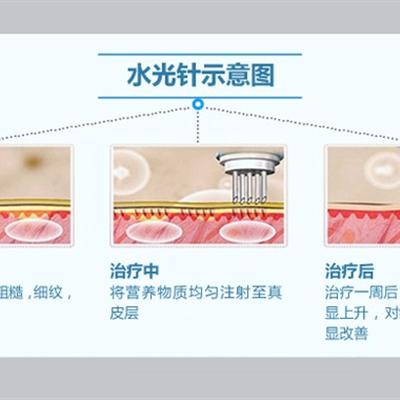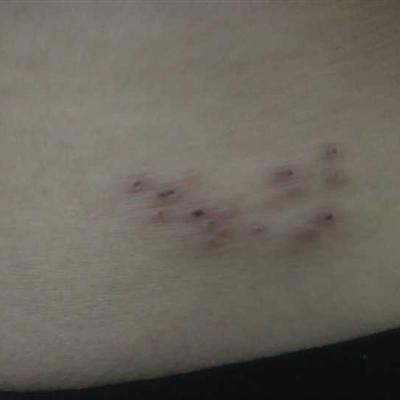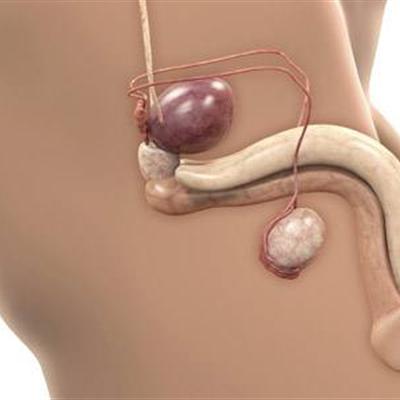How does myopic heredity do? Is vigilance eyesight not reduced?
summary
Now more and more people become myopia patients, and there are many primary school students with thick bottle bottom eyes, why so small have myopia? Can it be genetic?
How does myopic heredity do? Is vigilance eyesight not reduced?
First: myopia is a common eye disease. The incidence rate is increasing year by year, which directly affects the healthy growth of the majority of adolescents. Some people are short-sighted, so are their parents; some parents are not short-sighted, but they wear glasses. When choosing a spouse, some people worry about the shortsightedness of their lover and whether it will affect their children. This is the problem of whether myopia can be inherited.

Second: this should start from the type of myopia. Myopia can be divided into two kinds, namely high myopia and ordinary myopia. Common myopia, also known as simple myopia, can develop from childhood to 20 years old. After wearing glasses, the vision can be corrected to normal, and the degree of myopia is generally below 600 degrees. High myopia, also known as progressive myopia, is another kind of eye disease completely different from simple myopia. With the growth of age, the anterior and posterior axes of the eyes continue to lengthen, the posterior part of the eyeball expands, accompanied by the degeneration of the fundus chorioretin. After wearing glasses, the vision is difficult to correct to normal, and the vision gradually declines, leading to serious obstacles.

Third: from the analysis of the survey results of eye diseases, the incidence of myopia in family members with family history of myopia is higher than that without family history of myopia, which indicates that there is a certain relationship between the incidence of myopia and heredity. However, the occurrence of myopia is affected by acquired environmental factors. Therefore, at present, scholars believe that myopia belongs to polygene inheritance, that is, patients have multiple pathogenic genes, but also environmental factors, which is very easy to see in the occurrence of simple myopia. Environmental factors include poor lighting, poor reading and working habits, such as long-time reading and close work, continuous tension and contraction of the eye's regulating muscles, and the weakening of regulating ability, resulting in myopia. But under the same conditions, not all people are short-sighted, and some myopia patients do not do close work, some even rarely read books and newspapers. Therefore, myopia is the result of genetic and environmental interaction.

matters needing attention
High myopia is an autosomal recessive genetic disease, that is, a pair of genes related to myopia are pathogenic genes of the disease. If only one gene is pathogenic and the other gene is normal, the disease will not occur, but only the carrier of the pathogenic gene. For example, parents are not short-sighted, but they are high myopia gene carriers. They do not show myopia in themselves, but their pathogenic genes are passed on to their children, so that their children have two short-sighted genes, which will make them short-sighted.











